SAT Writing: 4 Key Tips for Apostrophes and Possessives
Author
Hartwell
Date Published
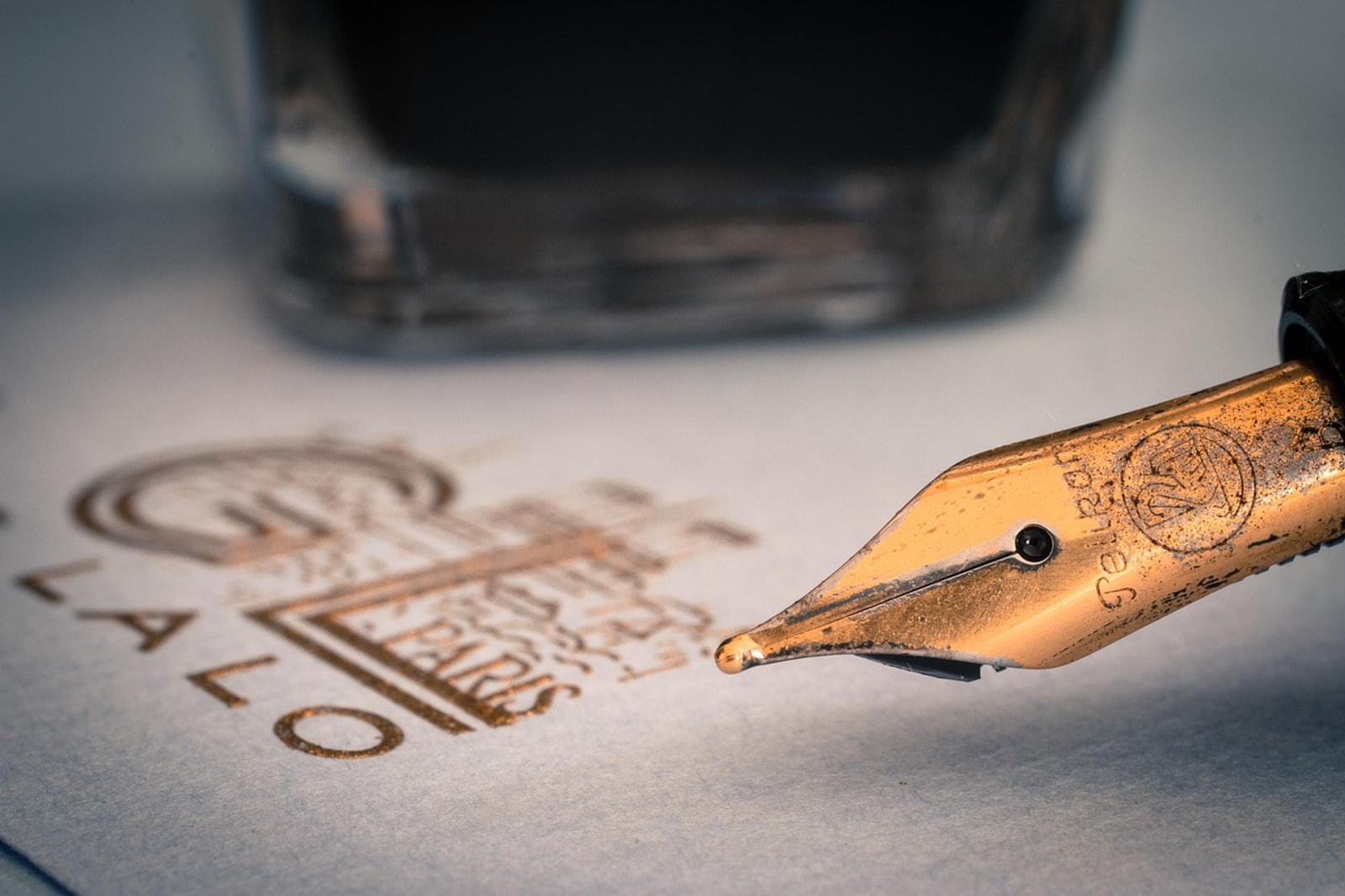
Do you know how to tell if a noun needs an apostrophe? Can you decide where to place the apostrophe in a possessive noun? Do you understand the difference between “there” and “they’re”? These are all topics tested on the SAT.
The SAT Writing section often asks about possessive nouns and pronouns. In this article, I will explain the rules and give you tips to answer these questions correctly.
Possessives on the SAT
Possessives show ownership. Here are some example sentences with the possessive words underlined:
Sergio’s kindness is amazing.
The students’ behavior was unacceptable.
Their voices should be heard.
Usually, you will get about 2 to 4 questions about possessives on the SAT. These questions test your knowledge of both possessive nouns and possessive pronouns.
Possessive Nouns
On the SAT, you need to know how to form possessive nouns. Fortunately, the basic rules are simple.
If a word is singular, or plural but does not end with “s,” add an apostrophe and an “s”:
The giraffe’s neck is really long.
The children’s playground has monkey bars.
If the word is a plural noun that ends in “s,” put only an apostrophe after the “s”:
I saw a dance troupe perform last night, and I was impressed with the dancers’ skills.
In the SAT Writing section, you will often be asked whether a noun should be possessive and, if so, whether it is singular or plural.
Should a Noun Be Possessive?
To decide if a noun should be possessive, put “of” in front of it and place it after the phrase. For example:
The schools code of conduct is very strict.
Try: The code of conduct of the school is very strict.
Does this make sense? Yes. The code of conduct belongs to the school, so “school” should be possessive:
The school’s code of conduct is very strict.
Also, remember that plural nouns do not use apostrophes. For example:
Incorrect: I downloaded 15 song’s yesterday.
Correct: I downloaded 15 songs yesterday.
Does “yesterday of the songs” make sense? No. “Song” is just plural here, so do not use an apostrophe.
Should the Possessive Noun Be Singular or Plural?
Another important point is whether a possessive noun should be singular or plural, which changes where you put the apostrophe. For instance, “the candidate’s rhetoric” means the rhetoric of one candidate. “The candidates’ rhetoric” refers to the rhetoric of several candidates. Use context to decide if the possessive noun should be singular or plural. For example:
Every contestant’s goal was to win the grand prize.
Should it be singular or plural? “Every” means each contestant has their own goal, so use the singular possessive.
Here is another example:
All of the contestants’ buzzers weren’t working.
“All” means more than one contestant, so use the plural possessive and place the apostrophe after the “s.”
SAT Example: How to Use Possessive Nouns and Pronouns
The SAT will test you on the ideas we just discussed. Use your understanding of possessive nouns as you answer these example questions.
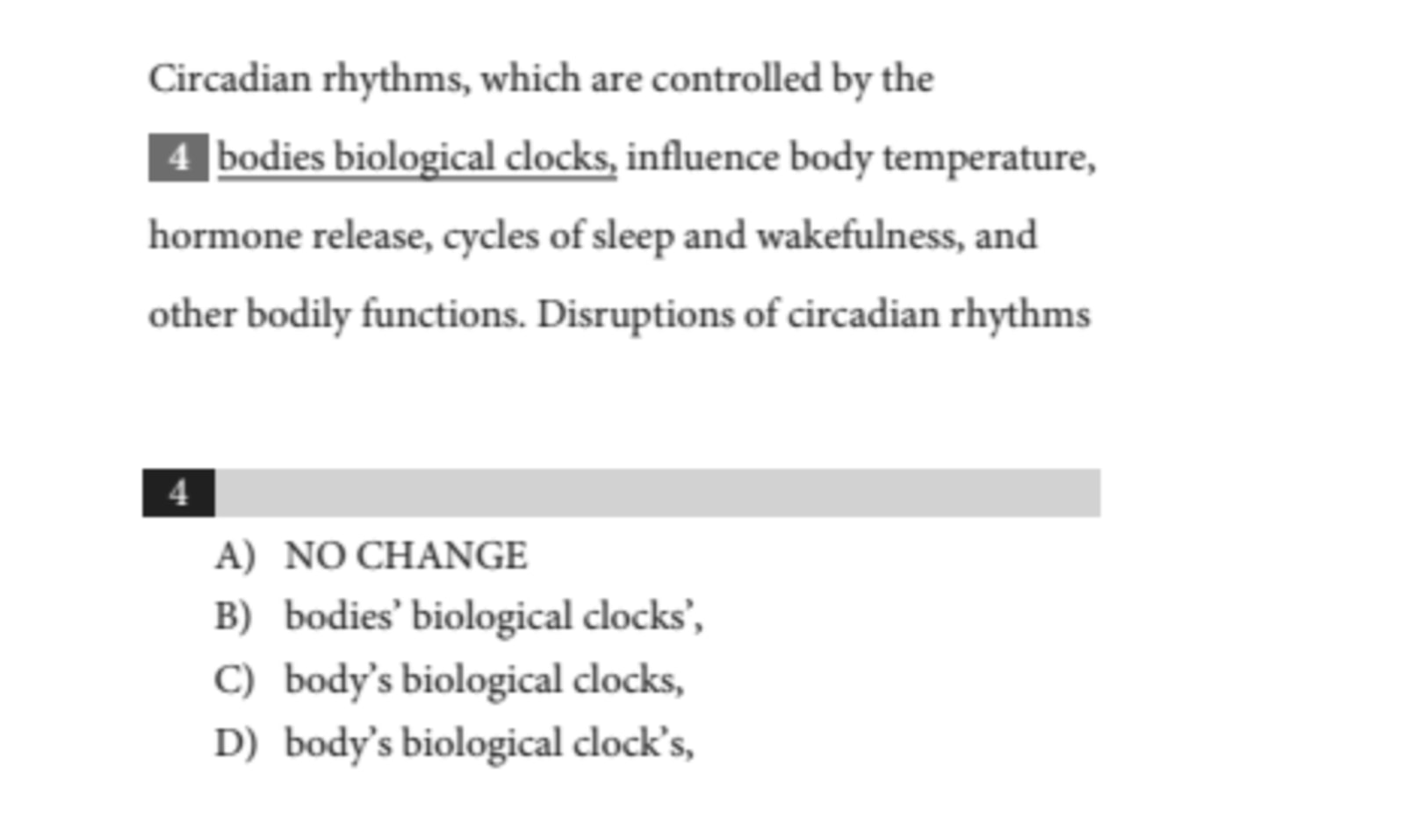
In this sentence, you have two nouns: “bodies” and “biological clocks.” By looking at the answer choices, you can see that you need to decide if each noun should be plural, singular possessive, or plural possessive. First, notice that “biological clocks” is just a plural noun. There is no word after “biological clocks” before the comma, and nothing in the sentence belongs to the biological clocks. So, it should not have an apostrophe. You can immediately eliminate answer choices B and D.
Next, decide if “bodies” should be possessive using the replacement method. Ask yourself: Is the sentence saying that circadian rhythms are controlled by the “biological clocks of the body”? Yes, it is. This means “bodies” should be in the possessive form. The correct answer is C. The sentence refers to the body in general, not to many different bodies, so we use the singular possessive.
Here’s another example:
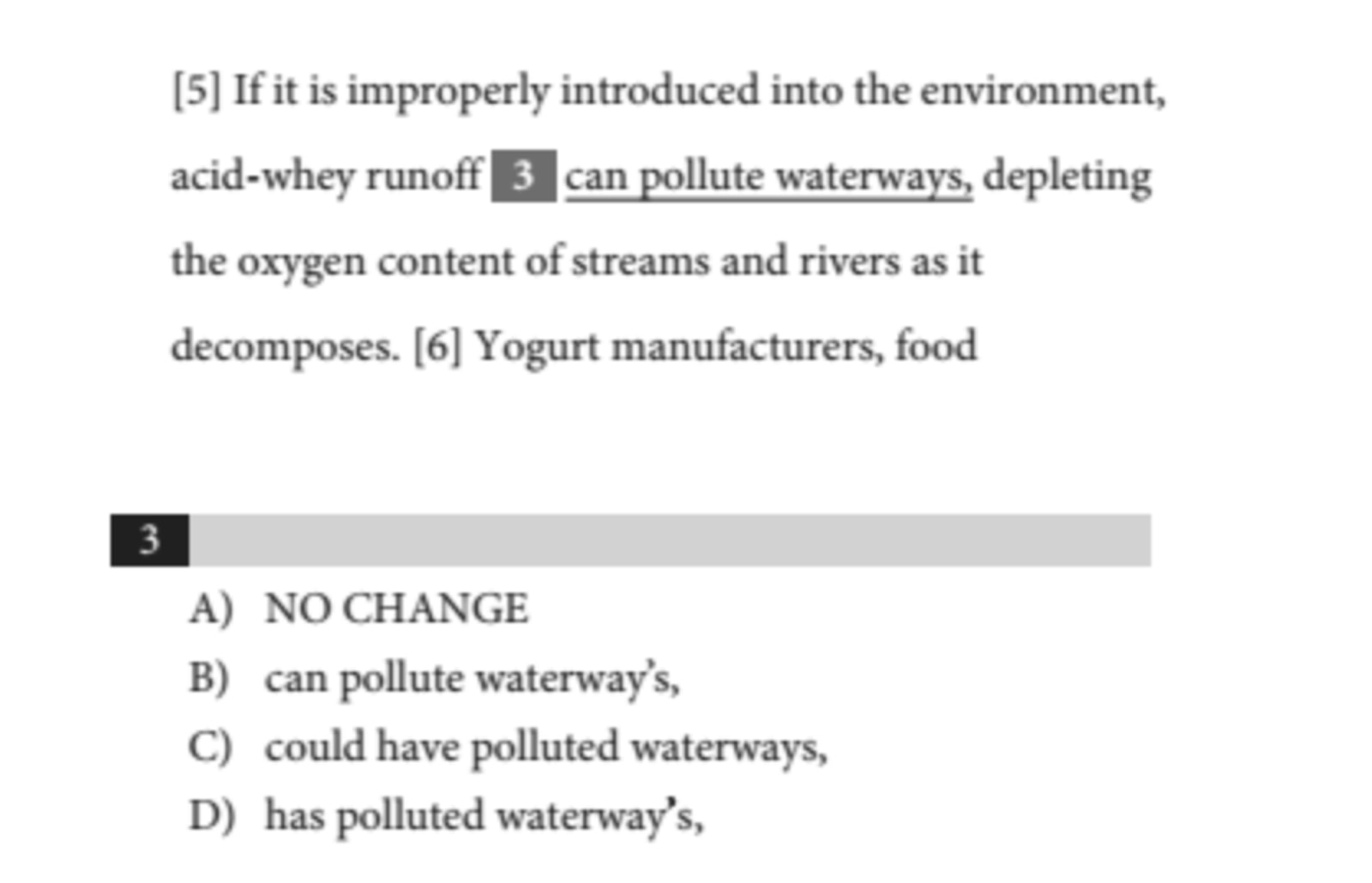
Based on the answer choices, you must decide if “waterways” should be possessive or just plural. Again, use the replacement method. Is the sentence talking about something that belongs to the waterways? Or is it just talking about more than one waterway? Since the sentence is about acid-whey runoff polluting waterways, it just needs the plural form without an apostrophe. There is no possession. So, you can rule out B and D.
Now, it becomes a verb tense question. Since the sentence starts in the present tense with “is,” the correct answer should also use the present tense to make the sentence consistent. The correct answer is A.
Possessive Pronouns
The SAT also tests you on possessive pronouns, like “my,” “your,” “its,” “his,” “her,” “our,” and “their.” Most of the questions about possessive pronouns on the SAT are about the third person possessive pronouns “its” and “their.” There are two types of questions: word choice and pronoun agreement.
Homophones and Word Choice
Homophones are words that sound the same but have different meanings. The most common SAT questions ask you to choose between words like “there,” “they’re,” and “their,” or “its” and “it’s.” Here is how these are used:
“Their” shows possession.
“There” is used for a place or to start a sentence.
“They’re” means “they are.”
“Its” shows possession.
“It’s” means “it is.”

Look at these examples:
Incorrect: The girls said mean things. There statements were unkind.
Correct: The girls said mean things. Their statements were unkind.
Here, you use the replacement technique. The sentence means the statements belonging to the girls. “Their” shows possession, so it is correct.
Also, “they’re” means “they are.” You should only use “they’re” if you can replace it with “they are.”
Incorrect: I love my friends. Their the best.
Correct: I love my friends. They’re the best.
Here, “they’re” (they are) is correct because it is not showing possession but is acting as the subject and verb.
Another example:
Incorrect: The puppy was wagging it’s tail.
Correct: The puppy was wagging its tail.
“It’s” means “it is,” while “its” is the possessive form. The sentence is talking about the puppy’s tail, so use “its.”
Pronoun Agreement
The SAT might also ask questions about pronoun agreement. The main rule is that pronouns and their nouns must agree in number. Singular pronouns refer to singular nouns, and plural pronouns refer to plural nouns. Examples:
Incorrect: Sheila untied their shoes.
Correct: Sheila untied her shoes.
Here, “their” is wrong because Sheila is one person. Use “her.”
Incorrect: The chairs had dust on its legs.
Correct: The chairs had dust on their legs.
“Chairs” is plural, so you need the plural pronoun “their.”
SAT Examples: Practice with Possessive Pronouns
Let’s try answering some SAT questions about possessive pronouns.
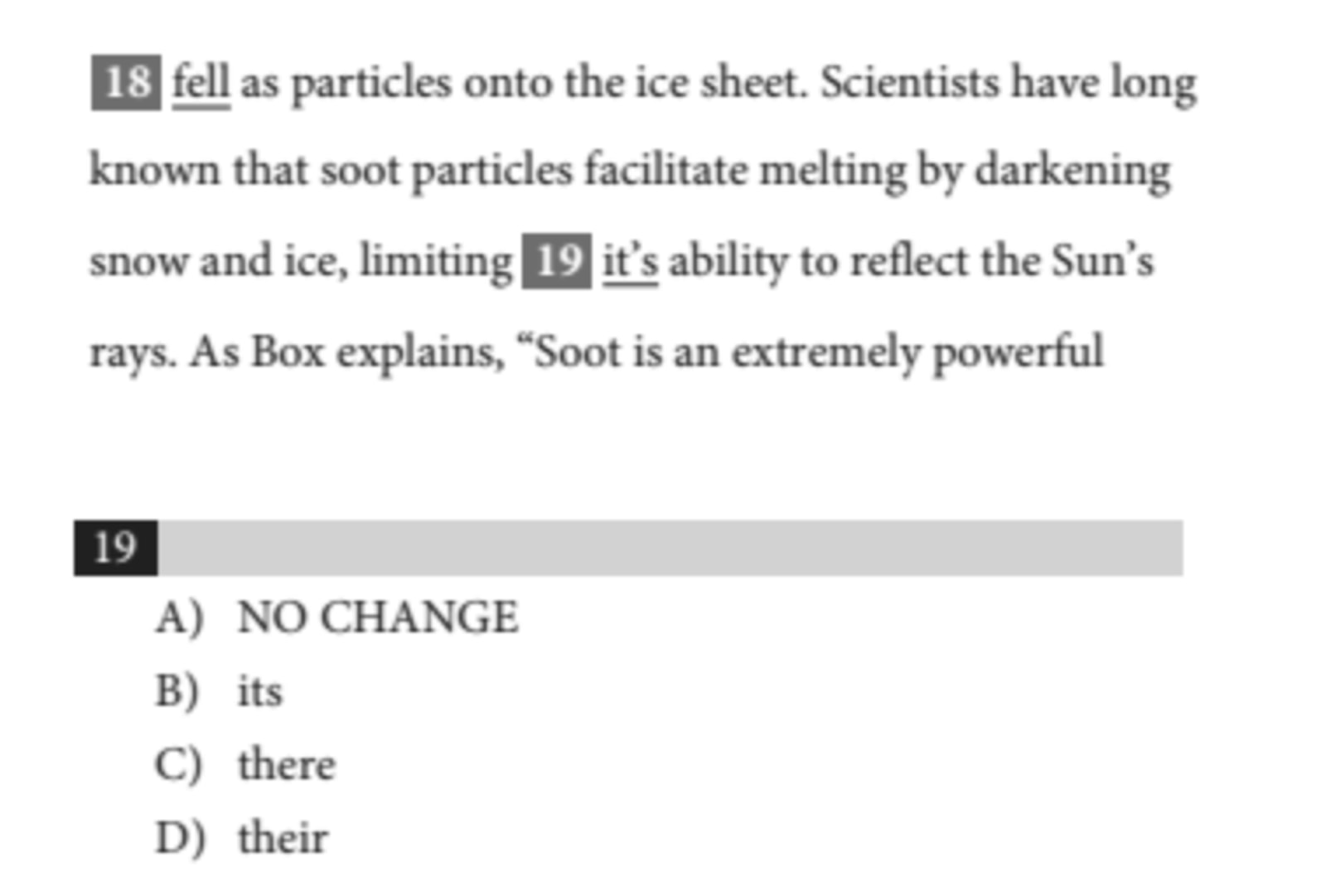
First, we need to decide if the underlined word is a contraction or a possessive pronoun. Does the word mean “it is,” or does it show possession? Use the replacement technique. For example, try this sentence:
Scientists have long known that soot particles facilitate melting by darkening snow and ice, limiting the ability of snow and ice to reflect the Sun's rays.
Let’s see if the sentence works. Here, we are talking about the ability of snow and ice to reflect the Sun’s rays. This means the word we need should show possession. So, we should not use “it’s” for “it is.” We can eliminate answers A and C.
Next, decide if the possessive pronoun should be singular or plural. What has the ability to reflect the Sun’s rays? Both snow and ice. Since we are talking about two things, the pronoun must be plural. The correct answer is D.
Let’s try one more possessive pronoun question.
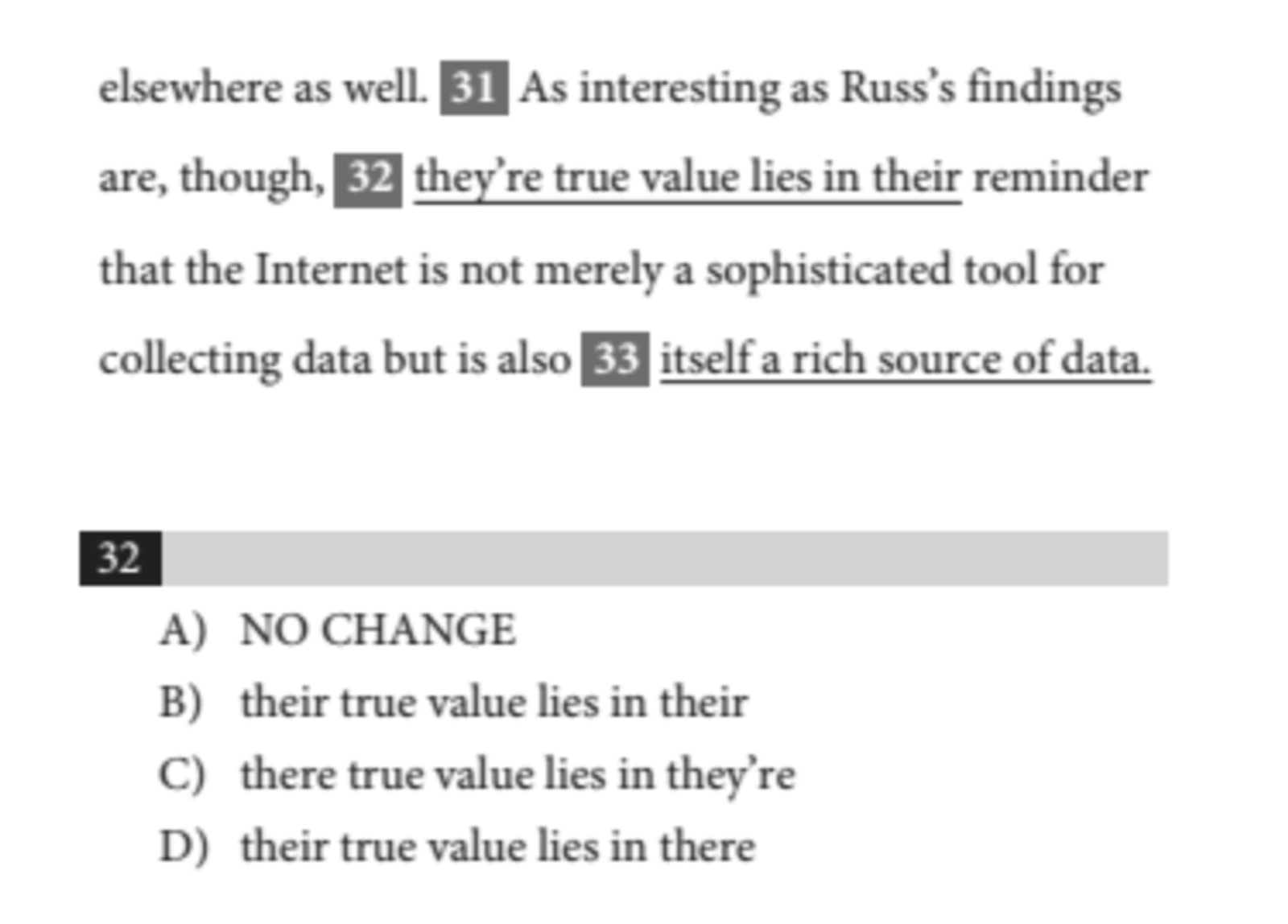
In this question, the underlined phrase contains two possible possessive pronouns. The first word is “they’re,” which is a contraction for “they are.” Should we use “they’re,” “there,” or “their”? The sentence refers to the value of his findings—“their value”—so it needs to be the possessive pronoun “their.” We can immediately eliminate choices A and C.
Next, look at the pronoun “their” after “in.” It refers to “findings,” so it should also be possessive. Therefore, this word should stay the same. The correct answer is B.
Review: Strategies for Possessive Questions
Here are the main tips to help you answer SAT Writing questions about possessives:
Use the Replacement Technique
Whenever you see a word underlined or in the answer choices that could be a possessive, check if it is correct by using the replacement technique. For example, “Justin’s book” means “the book of Justin.” If you see “Justins book” without an apostrophe, you should identify it as an error. If the replacement technique does not make sense, then the word is not possessive and should not have an apostrophe.
Decide on Singular or Plural
If a word should be possessive, figure out if it should be singular or plural. Use the replacement technique:
For “of (singular noun),” use the singular possessive.
For “of (plural noun),” use the plural possessive.
Remember Apostrophe Rules
For possessive nouns:
If the noun is singular, or if it is plural and does not end in “s,” add apostrophe + s (’s).
If the noun is plural and ends in “s,” add only an apostrophe after the “s” (s’).
Know Your Contractions
Be careful when choosing between “it’s” and “its,” or “they’re” and “their.”
“It’s” means “it is” or “it has.”
“They’re” means “they are.”
To check, try replacing “it’s” with “it is,” or “they’re” with “they are.” If the sentence makes sense, then the contraction is correct. If not, you likely need the possessive pronoun.
Related Posts
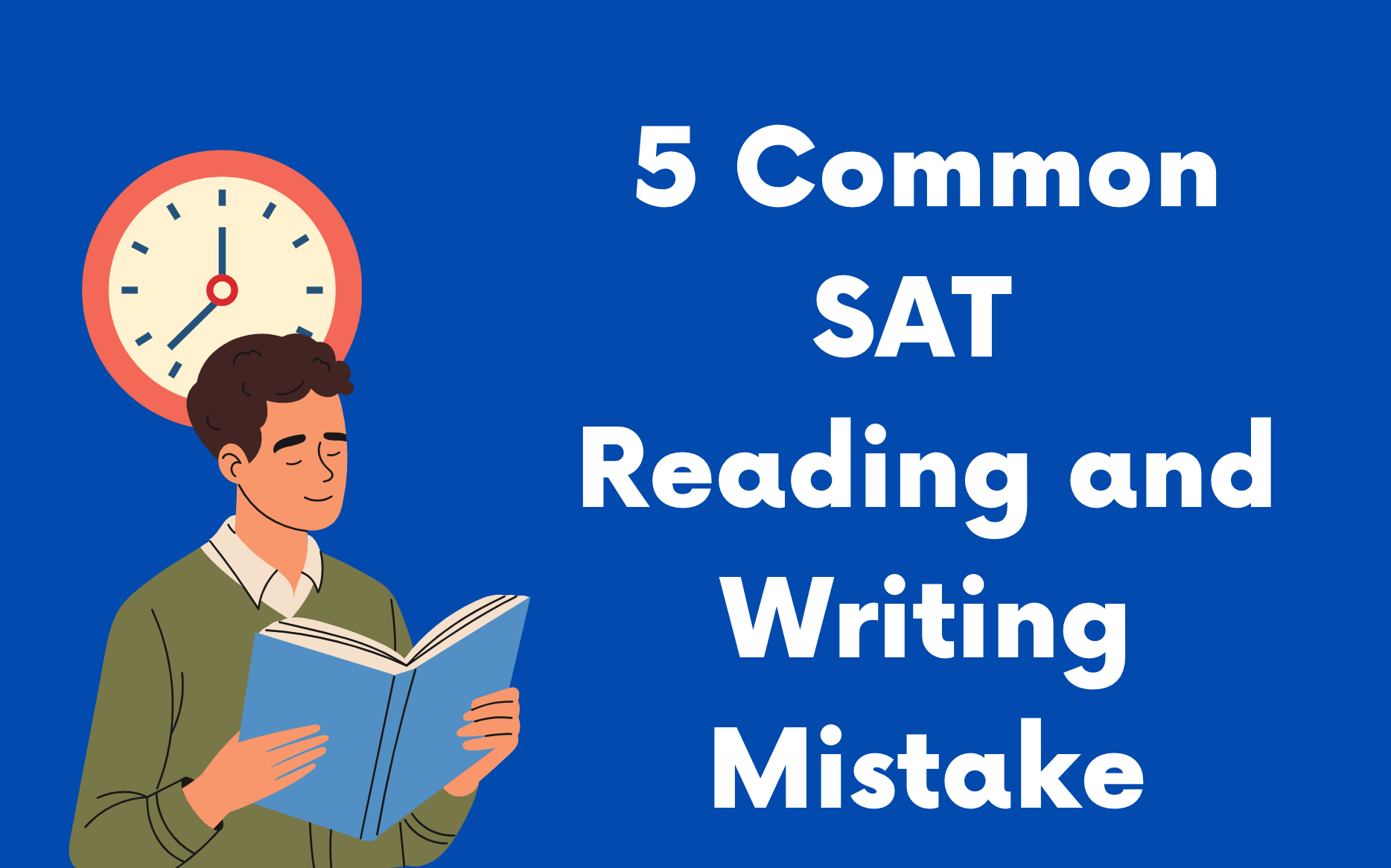
Struggling with the Digital SAT Reading & Writing section? Discover 5 common mistakes students make and actionable tips to boost your score!

Boost your SAT Writing score! Explore essential tips, avoid common mistakes, and sharpen your grammar and error-spotting skills.